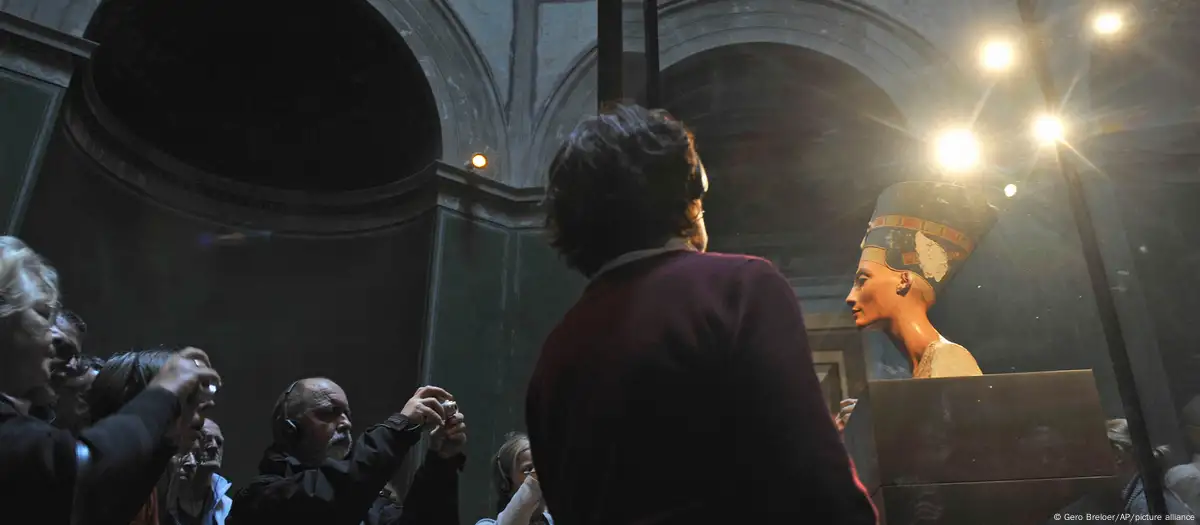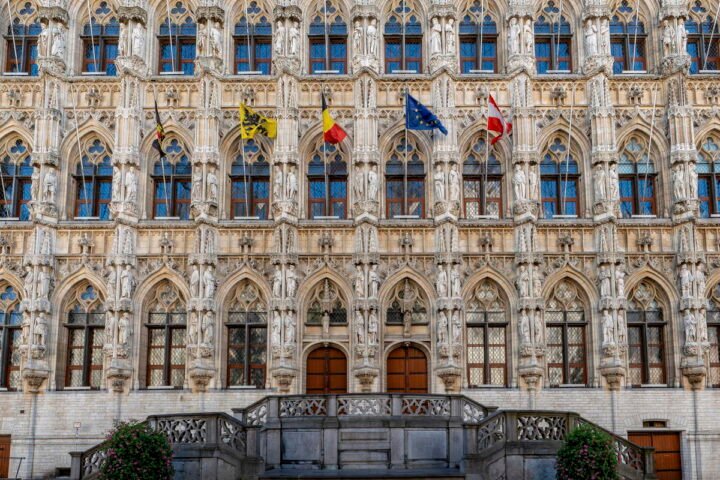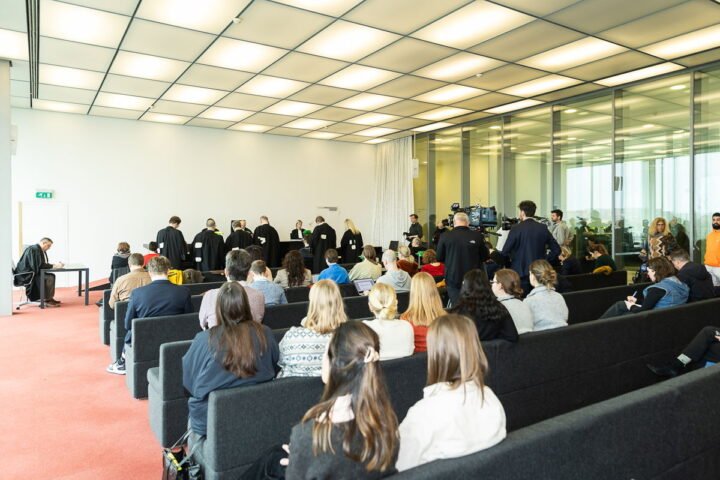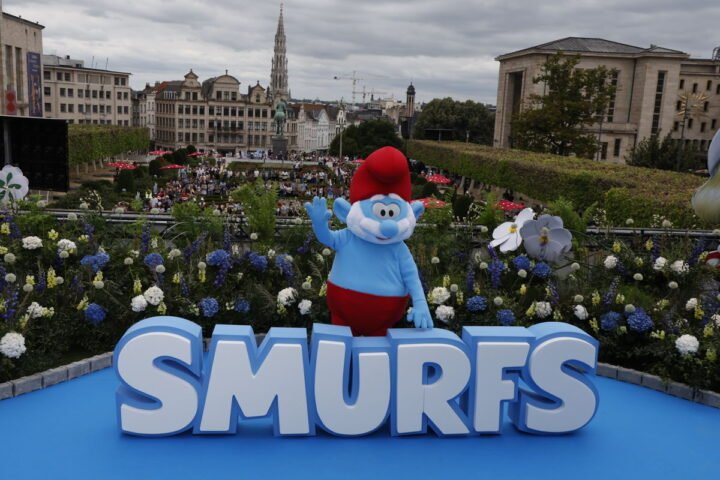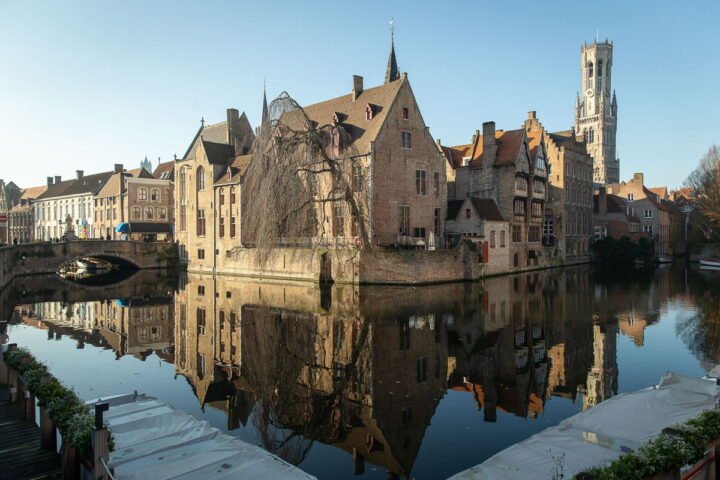The pharaonic bust of Queen Nefertiti was uncovered in 1912 by a German team and then shipped to Berlin. A prominent Egyptian archaeologist has demanded its return, along with the Rosetta Stone and the Dendera Zodiac.
Egypt’s former antiquities minister Zahi Hawass has launched a petition to urge Germany to return the pharaonic bust of Queen Nefertiti, which is currently housed in Berlin’s Neues Museum.
Believed to have been crafted in 1345 BC, a German archaeological team discovered the painted limestone bust in 1912 and shipped it to Europe a year later.
It was uncovered in the remains of the city of Amarna, the short-lived capital under Pharaoh Akhenaten, Nefertiti’s husband. The city was abandoned after he died in 1335 BC.
Amarna sits on the east bank of the Nile River and is located in the province of Minya.
What does the petition say?
Hawass asked for the return of the bust, saying it was removed from Egypt illegally after its discovery more than a century ago.
“We announce today that Egypt — this is the national committee, it is not a government committee — asks for the return of the bust of Nefertiti,” Hawass said.
“What I need from everyone here is to go to my website…hawasszahi.com, and you will sign, one signature, to show that you would love for this bust to come back.”
Hawass said he is not calling for the repatriation of artifacts taken out of Egypt legally.
His campaign is focused on repatriating “three main beautiful objects” including the bust of Nefertiti, the Rosetta Stone and the Dendera Zodiac.
The Rosetta Stone is an ancient Egyptian stone bearing inscriptions in several languages and scripts, which led to the understanding of hieroglyphic writing. It is currently on display in the British Museum in London.
The Zodiac of Dendera is a giant stone diagram from a temple in Egypt dating to the mid-1st century BC, which is currently in the Louvre in Paris.
What does Germany say about the bust?
The German side says that Egypt authorized Germany to launch an excavation to locate the Nefertiti bust for its museums in Berlin.
The deal included a 50:50 split of some 10,000 artifacts found in exchange for financing by German cotton and textile magnate and arts patron James Simon, according to German art experts.
A representative from the Egyptian government selected half of the objects, while the other half was taken to Germany, including the bust, which was displayed in the Neues Museum several years later and has become a major tourist attraction.
A row between Germany and Egypt, which was then a British protectorate, erupted shortly afterward over who should hold the sculpture.
During World War II, the bust was hidden away and, toward the end of the conflict, was moved to the Egyptian Museum in West Berlin where it stayed until it was delivered back to the Neues Museum in 2009.
Over several decades, Cairo has repeatedly called for the bust’s return, accusing German Egyptologist Ludwig Borchard, who led the excavation, of smuggling it out of the country.
When asked by the Reuters news agency, Berlin’s Neues Museum was not immediately available for comment on the petition.
April marked the bust’s 100th anniversary on display in Berlin’s Neues Museum.
